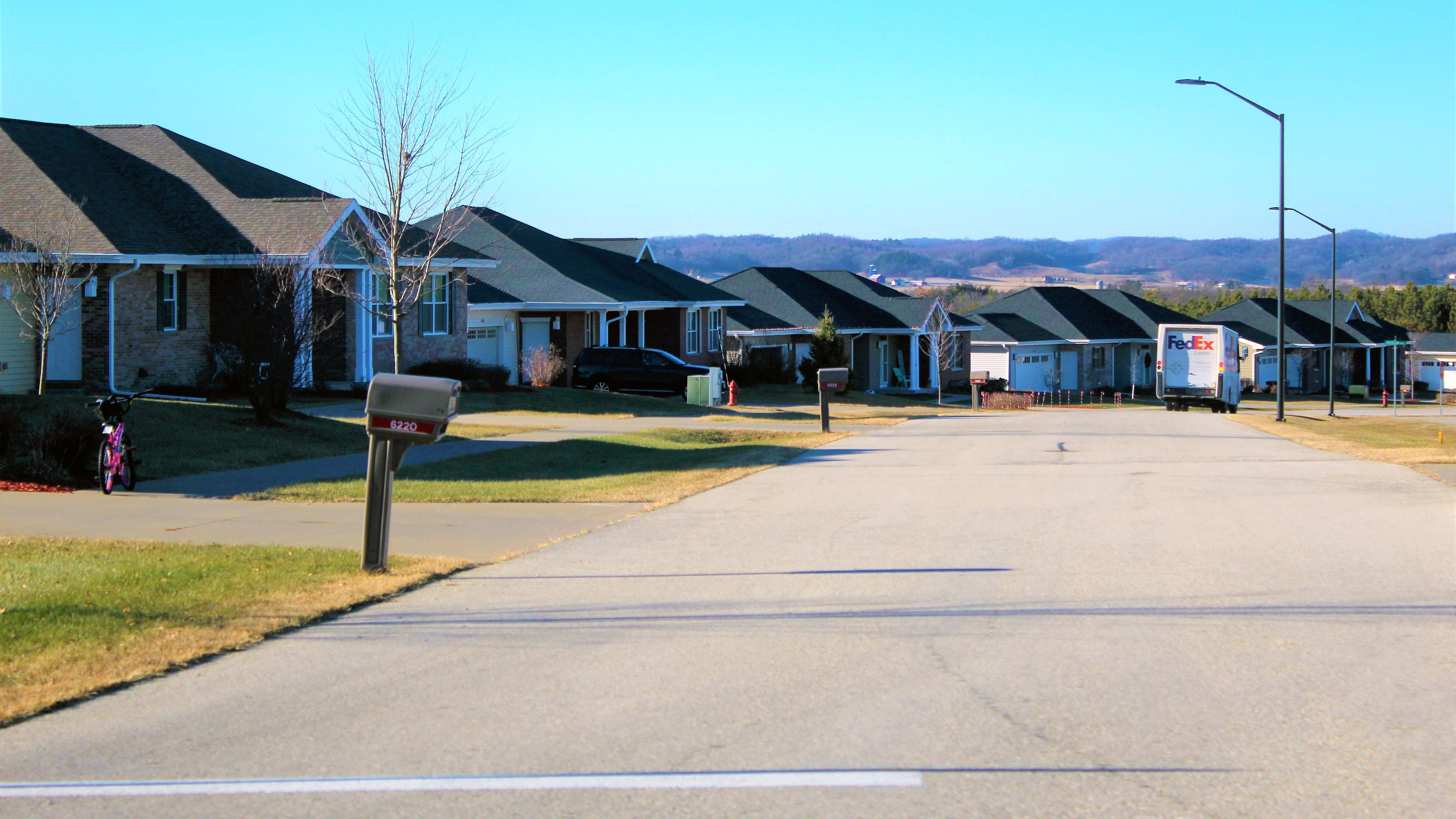Army Continues Investing in Housing, Quality of Life
Army Continues Investing in Housing, Quality of Life

The Army’s focus on prioritizing soldiers and families will continue in fiscal 2022 with investments in barracks, housing and other quality of life initiatives, said Lt. Gen. Jason Evans, deputy Army chief of staff for installations.
In testimony before the Senate Appropriations subcommittee on military construction, Evans said the Army’s fiscal 2022 budget request and quality of life initiatives are guided by the Army Installations Strategy published in December.
The strategy is “a pivot from industrial-age facility design concepts of single-function, single-tenant buildings and purpose-built specialization, to information-age infrastructure that is multifunctional, multi-tenant, and easier and less expensive to customize or reconfigure,” Evans said in written testimony.
The $173 billion budget requested by the Army is part of an overall $715 billion DoD budget for fiscal 2022, which is a $3.6 billion reduction for the Army over last fiscal year. Army leaders calculate this is a 2% funding decline in the topline, with a 1.8% increase for personnel costs, and proposed reductions that represent an 11% drop in procurement, a 15% drop in military construction and a 1.1% drop in operations and maintenance.
Evans told subcommittee members that the Army is requesting $7.1 billion for installation infrastructure—$1.7 billion for military construction and $5.4 billion in facilities sustainment, restoration and modernization.
Readiness is improved and uncertainty reduced, Evans said, when soldiers and families are taken care of with good places to live and work. That includes facilities in good condition, modern services, family programs and desirable choices in morale, welfare and recreation programs.
As chief of the Army Quality of Life Task Force, which was stood up in March 2020, Evans is focused on improving barracks and housing, ensuring quality health care, expanding access to child care, creating opportunities for spouse employment and career enhancement options and making sure that the move to a new post is as smooth as possible.

